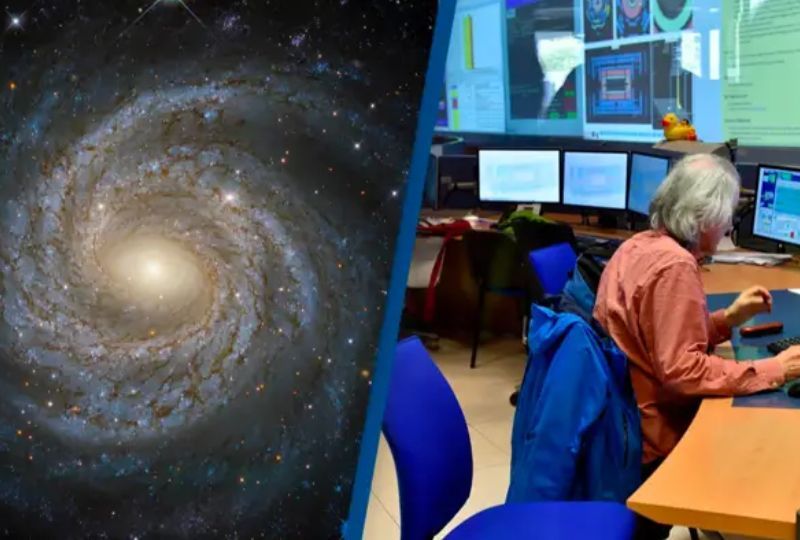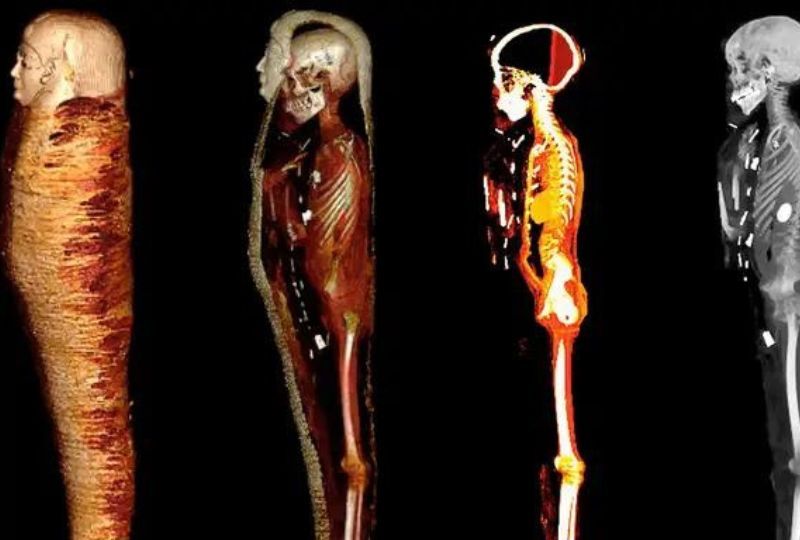We all got excited when researchers said they had discovered radio signals from a galaxy nine billion light years away, hoping that this was the long-awaited alien attempt to make contact with us.
Even though many of our films about ultimately encountering aliens show them killing us horrifically until we discover how to kill them back, we're still constantly searching for extraterrestrial life.
Let's hope the first group of extraterrestrial guests don't take any of that too personally and want to be friends.
Humans enjoys searching for evidence of extraterrestrial life, whether in objects left behind by extraterrestrials on Earth or in the conditions found on other worlds in the vast universe.
However, NASA has noted that any alien civilization that evolved enough to come and visit us has yet to do so because any race capable of doing that has probably already wiped itself off.
That also doesn't look good for our potential to live in a future like Star Trek, where we have eradicated hunger and poverty and travel space in search of new species to become friends with—or, in Captain Kirk's case, more than friends—with.
There were expectations that when we received radio signals from nine billion light years' distance, it may be a more conclusive indication that something is staring at us from space, even though it is a matter of wonder.
Sadly, no, because the experts who received the signals have now verified what it is, and it most definitely isn't aliens.
The signals, according to experts from the Indian Institute of Science and McGill University in Montreal, Canada, date back 8.8 billion years and come from a galaxy that was beginning to generate stars.
Our own planet, Earth, didn't even exist at the time the radio signals were initially transmitted from this other galaxy, and it wouldn't for another few billion years.
The signals' place of origin has been identified as gaseous hydrogen by scientists, who claim that they may be tracked back in time to a highly distant galaxy.
According to Dr. Arnab Chakraborty of McGill University, the signals offered them "a view back in the time of 8.8 billion years" and may contribute to our understanding of the cosmos.
We shall learn more about our universe if we can make discoveries like these and successfully determine what other galaxies billions of light years away are made of.








